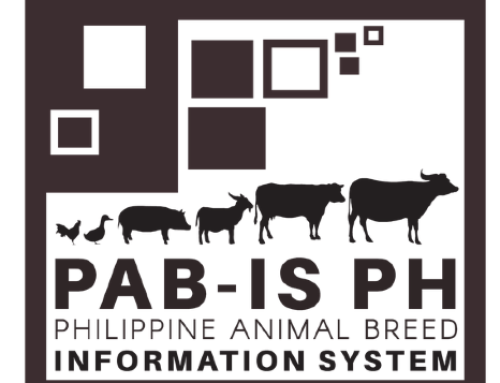In this Article
The ASFV Nanold Biosensor test kit is a nucleic acid-based assay that is a combination of LAMP and nanotechnology where gold nanoparticles are used to aggregate with amplified DNA genetic materials after amplification to visualize the reaction after 30 minutes. The test can be done on samples collected from the live animal such as blood, feces and saliva or oral fluids and from inanimate objects such as raw meat and other tissues, surface swab, and water. The sample is subjected to DNA extraction using lysis and extraction buffers that are already provided in the test kit. The DNA pellet is then rehydrated and added into the Nanopremix that contains the enzyme and primers that will help in the amplification of the DNA target gene which is the P72. After 30-minute reaction at 57oC, the gold dye is added into the amplified product. Within several seconds to 1 minute, color change is seen. Results are read by colorimetry. The positive reaction is when the Gold dye turns into any shades of grey while the negative result is a wine red color which is the original color of the Gold Dye.

What is inside the test kit box?
The test kit contains DNA extraction buffers and DNA amplification reagents good for 10 reactions. From our optimization activities, we already found that one reaction can accommodate 3 pooled blood samples. These samples may either be in the form of liquid which is whole blood or blood that is absorbed in sterile filter paper or a few drops taken from the ear vein collected in a capillary tube. For traceability, however, the pigs where the blood samples will be pooled must come from one pen. For the rest of the samples mentioned a while ago, 5 pooled samples can be placed in one reaction.
The DNA extraction steps the reagents and consumables in the test kit box that will be used for the DNA extraction of the samples. Hence, there is no need to buy externally, commercial DNA extraction kits which are very costly. The test kit’s extraction reagents are green-friendly which are not toxic to the environment and are affordable.
Aside from the test kit box, there are two other containers that come with it. One is a styrobox that contains gel coolants or dry ice that maintains a temperature lower than zero degrees. Here, the Nanopremix tubes are kept during transport. Upon arrival to the destination, the Nanopremixes must be immediately transferred and stored in the freezer. An ordinary freezer of a kitchen refrigerator may be sufficient to preserve the shelf life of the reagents. Another container is a small insulation bag that holds the Gdye tubes. The gold nanoparticles must not be stored together with the Nanopremix. During transport, the Gdye tubes may be kept at room temperature as long as transit time is not over 12 hours. But if it does, let’s say the delivery is in Mindanao or Visayas via air freight, then gel coolants can be included in the insulation bag but not dry ice. The Gdye is very sensitive to light that’s why the tubes are wrapped in aluminum foil and very sensitive to freezing temperature. That is why upon arrival at the destination the tubes must not be removed from the aluminum foil and must only be stored in the vegetable carrier of the refrigerator. The shelf life of the Nanopremix if stored properly is 2 months while the Gdye, 3 weeks.
As a review, the clinical forms of African Swine Fever are based on the virulence of the isolate as observed in Eurasia. The following conditions are as follows: peracute, acute, subacute, and chronic ASF. All of the forms are attributed to Genotype II which is the same as in the Philippines. This means that the virulence may either be due to the following reasons, viral concentration in the animal, immunity of the animal, and the Genotype and variant of the virus in the locality.
Knowing this, we can now interpret the test results by colorimetry after adding the Gdye into the amplified product. Shades of grey mean a strong positive. This means that the viral load of the sample may be very high, causing high volume of gold nanoparticles to aggregate with the amplified products. A weak positive shows an old rose color but is still considered positive. A true negative is when the original color of the gold nanoparticles which is wine red is retained.








